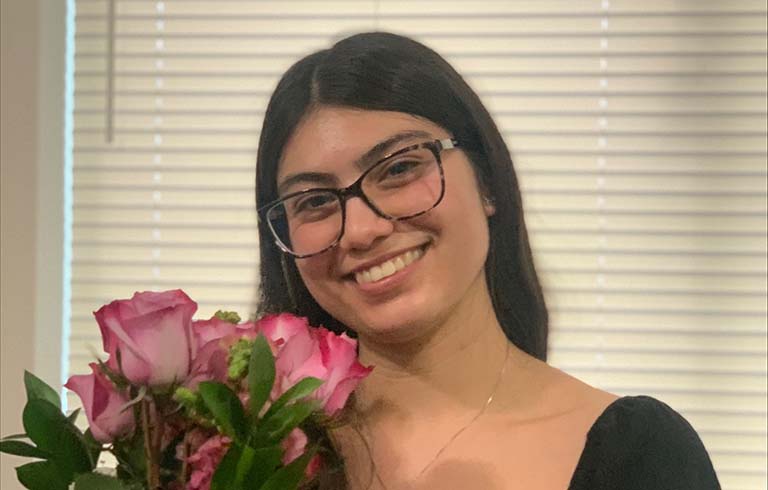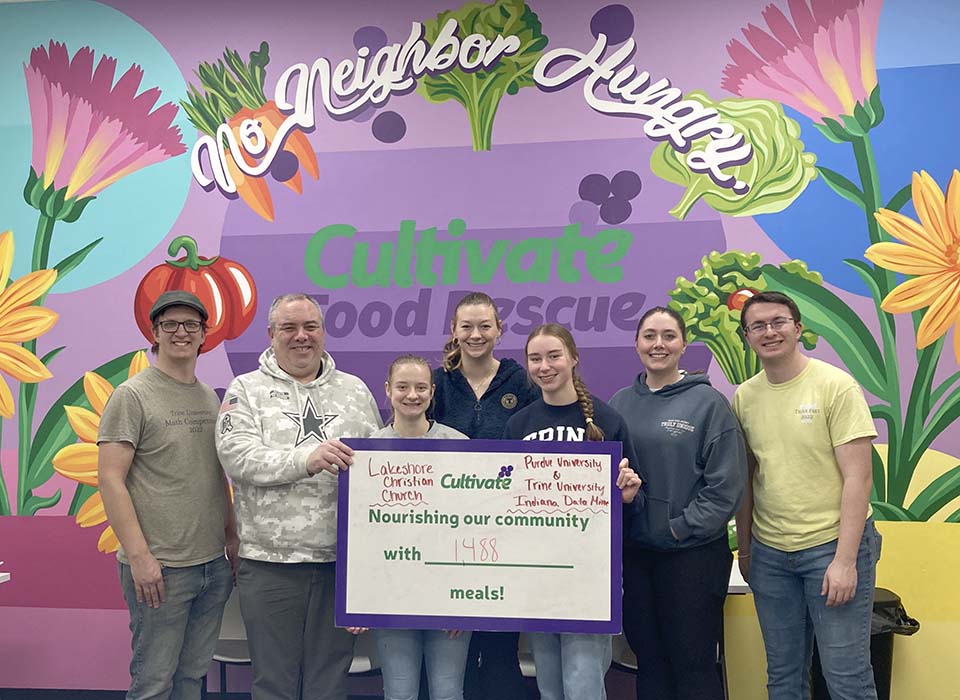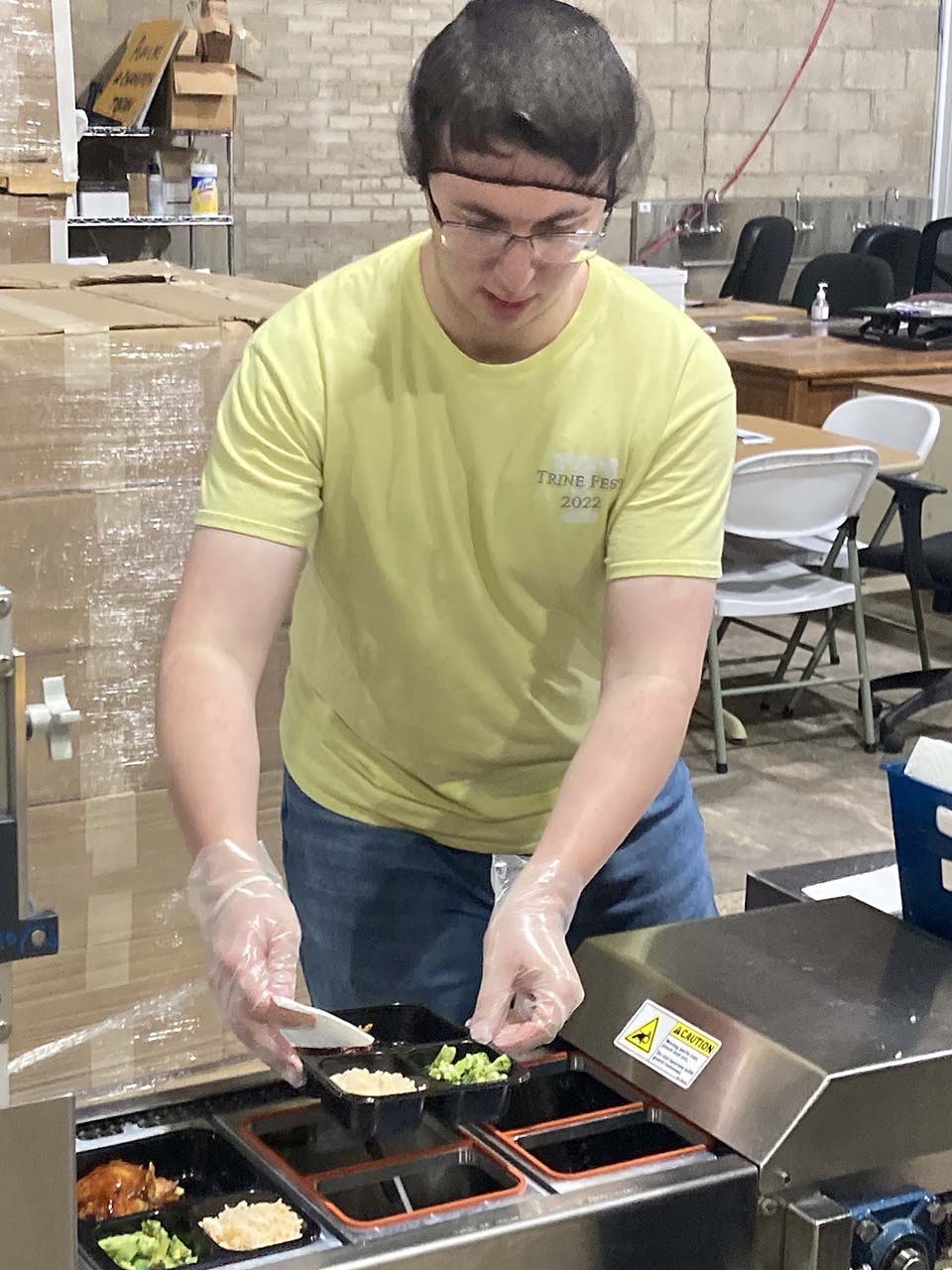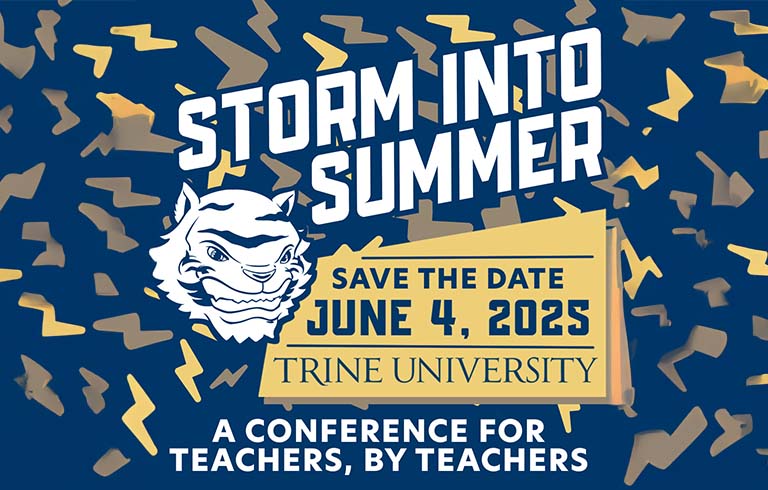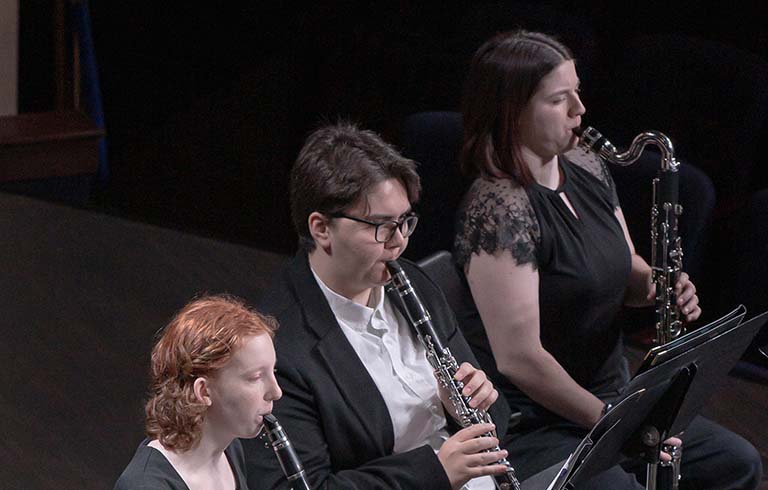A group of Trine University actuarial science students is fighting hunger while sharpening
their data science skills.
They also got the opportunity to help firsthand.
Working in partnership with the Data Mine from Purdue University, the students have
been analyzing food need and census data to create map visualizations for Elkhart,
Marshall and St. Joseph counties.
The counties are served by Cultivate Food Rescue (CFR) in South Bend, which hopes
the data will help it better identify areas with food needs and receive funding to
meet those needs.
On Feb. 8, the students toured CFR’s facility and helped pack meals for its clients.
Pantry deserts
Michael Smith, assistant professor of mathematics, was part of the pilot program that
eventually grew into the Data Mine while he was a student at Purdue.
When the Purdue Data Mine received a Lilly Foundation grant to partner with other
Indiana colleges and universities in program called the Indiana Data Mine, Mark Ward,
Ph.D., reached out to Smith about involving Trine. Ward had served as Smith’s research
advisor.
The four Trine students — Lucas Miller from Fort Wayne, Indiana, Abby Sanner from
Warsaw, Indiana, Lauren Alexander from Brecksville, Ohio, and Morgan Betterly from
Huntington, Indiana — are part of a larger team mentored by a teaching assistant from
Purdue to analyze the data for CFR.
Last semester, the Trine students, alongside a team of students from the National
Data Mine network, combined data from the US Census Bureau and CFR to create a map
visualizing areas designated as “pantry deserts.” Pantry deserts are locations where
residents fall under specific poverty thresholds and do not have access to a food
pantry within one mile of their residence.
“By identifying these pantry deserts, CFR hopes to encourage their partners to fill
that need,” Sanner said.
This semester, the groups is expanding its work to depict what hours food pantries
are open, which can affect people’s ability to visit the food pantry.
“We are also diving deeper into the relationships between food insecurity and age,
gender and race,” Sanner said. “Additionally, we have analyzed the amount of food
and meals CFR can provide to food insecure individuals in the three northern Indiana
counties. We also are working to develop statistics that can help CFR further define
its value proposition to better market itself to potential funding sources.”
The experience is part of a two-semester course that counts as the students’ actuarial
science capstone. They will present their findings at the Corporate Partner Symposium
for the Data Mine in May.
On-site
Smith said the students led the push to volunteer at CFR. During their visit, they
met with Jim Conklin, the organization’s co-founder and the corporate partner for
the project, and Jenna Lusk, their Purdue teaching assistant.
The group toured CFR’s facilities, which include new office, refrigerator and freezer
spaces. They then worked alongside a local church group to help pack meals.
“It was truly an eye-opening experience,” said Sanner. “Seeing the amount of food
stored by CFR gave a true understanding of how much food they save compared to merely
seeing numbers on paper.”
“In two hours, we were able to put together almost 1,500 meals from food that would
have been thrown away if not rescued by CFR. I am so glad we were able to be a part
of helping those who are food insecure have a good, healthy meal.”
She encouraged Trine students of all majors to take the course if they have the opportunity.
“From the data analytic and soft skills learned, to being able to take pride in helping
solve a real-life problem, every part of the experience is well worth it,” she said.
